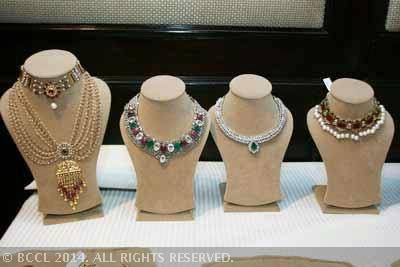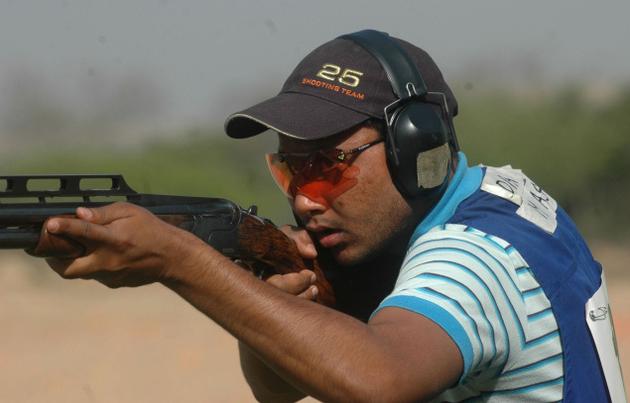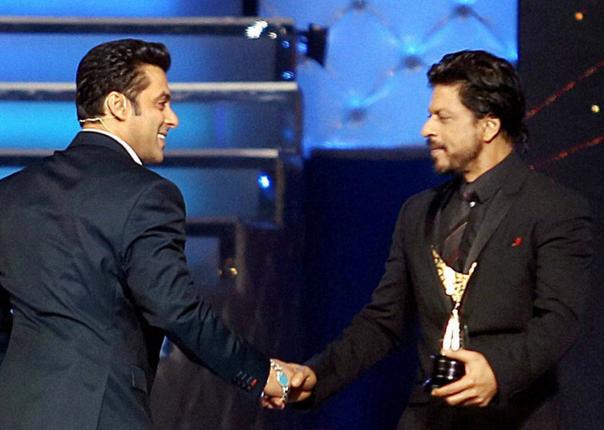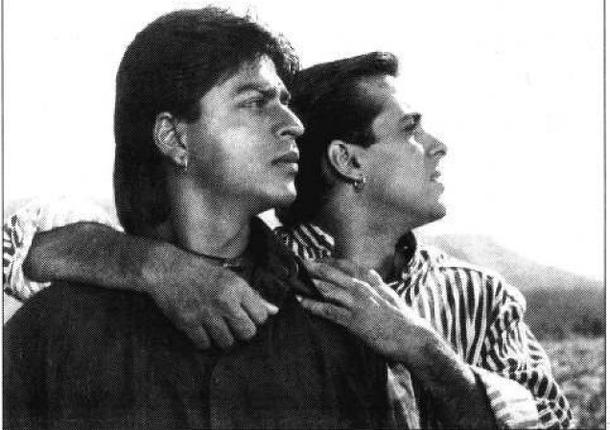If World War I resonates in such a weak, confused, and even negative way with Europeans, it is little wonder that young Africans or Indians see even smaller stakes in this year’s centenary ceremonies. This is why it is crucial to understand the war’s global scope and the role played by the British Empire and Commonwealth
Did you know that India fought against Britain in the First World War? That, at least, is the belief of over a quarter of Indians, according to a British Council survey earlier this year. It is no consolation that the situation is little better in Europe. Two years ago, another survey showed that over half of Britons didn’t know whether India had contributed over 1,000 troops. This might be a forgivable gap in knowledge, if the real figure were not well over a million.
As Commonwealth heads of state in Glasgow commemorated the First World War centenary on Monday, many in the nations of the Commonwealth — India above all — will therefore wonder why they should care about, much less commemorate, a war fought largely in Europe, led by European politicians, commanded by European officers, and resolved to the benefit of engorged European empires.
War’s legacy
This uninterest is understandable. Even at home, in the war’s European locales, we are separated from its horrors not just by the chasm of multiple generations — the war’s last veteran, Florence Green, died in February 2012 at the age of 110 — but also a growing cultural gap. In a nation of immigrants, increasing numbers of children have grown up without the childhood visits to memorial-strewn French villages or classroom recitation of the war poets that were once ubiquitous. No surprise, then, that a survey in 2012 found that fewer than half of Britons aged 16 to 24 could identify the year that the war broke out.
The war’s legacy has also grown more complicated, as evidenced in the United Kingdom by last year’s political skirmishing among politicians and historians. The (now former) British Education Minister, Michael Gove, attacked the left-wing narrative of a cruel and futile war prosecuted by feckless generals. He argued, instead, “those who fought were not dupes but conscious believers in king and country, committed to defending the western liberal order.” Boris Johnson, the Mayor of London, agreed, insisting, “German militarism was at the root of the First World War.”
In turn, a slew of prominent historians, led by the Regius Professor of History at the University of Cambridge, Richard Evans, retorted that Britain and her allies had fought for dubious aims, against adversaries who were far from evil incarnate. As the writer Kenan Malik put it in a recent essay, “Germany had expansionist aims and a toxically racist culture. Britain, however, was not much different.” Perhaps, these sceptics implied, triumphalism ought to be avoided in the centenary commemorations.
If the war resonates in such a weak, confused, and even negative way with Europeans, it is little wonder that young Africans or Indians see even smaller stakes in this year’s ceremonies. This is why it is crucial to understand the global scope of the war, and the role — often an involuntary one — played by the Empire and Commonwealth. The war’s origins may lie in the Balkans, and it may be the European battlefields that stick in popular memory — the Somme, Ypres, and so on — but the non-European world was profoundly affected, and in turn transformed by the war.
Sourcing manpower
Remember that British forces in the Gold Coast (modern day Ghana) mobilised four days before the British declaration of war, that the first Allied shots were fired in the British and French invasion of German Togoland, and that the first Allied victory came here, not in Europe. Paris and London would later carve up that territory, like so many other spoils of war.
In addition to being a battleground, the British Empire also served as a reservoir of manpower on an astonishing scale; 1,40,000 men served in the Chinese Labour Corps, a force of which most Europeans will never have heard. The West Indies contributed 16,000 men. As John Reader explains in his magisterial history, Africa: A Biography of the Continent, by the war’s end, around two million Africans had participated in the war effort, half of them troops. Around 2,00,000 died. The French colonies alone sent just under half-a-million Africans to fight in Europe, over a tenth of these coming from Algeria. Kenya, Ghana and, above all, Nigeria which provided the lion’s share for Britain.
It is also crucial not to mince words on the nature of this participation. At first, much recruitment was, notionally, voluntary. But, as in India, local political elites were incentivised to supply manpower, and they used all means at their disposal to push villagers into service. As the historian Ranajit Guha explained to journalist Seema Sirohi, “a widespread proxy system developed in the Punjab, whereby a prosperous villager would buy a poor neighbour’s son and donate him to the recruitment centre as his own contribution.” Eventually, the French, the British, the Germans and the Belgians all used the force of law and arms to compel Africans to join their armies.
How were these troops used? Overall, 6,50,000 colonial troops were deployed to Europe. The French, in particular, sent Africans to Europe in large numbers. Senegalese battalions served with distinction at Ypres, for instance, and tens of thousands of African troops even stayed behind for the post-war occupation of the Rhineland (in Mein Kampf, Hitler complained that Jews were responsible for bringing Blacks into the Rhineland). The academic Christian Koller notes that one French general believed West Africans made good soldiers because of their “underdeveloped nervous system and their hereditary fatalism,” permitting them to sleep in trenches if necessary.
London took a different line (despite the urgings of the War Office and others, like Winston Churchill). Much as Britain refused to train African-American soldiers who had entered the war, and rejected Indian participation in the Crimean and Boer Wars, it similarly recoiled from the idea of pitting Africans against white soldiers, and — with the exception of some deployments to the Middle East — preferred to use them mostly within Africa against other Africans.
Indian contribution
The Empire’s biggest contribution was by India. This included 3.7 million tonnes of supplies, over 10,000 nurses, 1,70,000 animals, £146m of Indian revenue, and political support — including that of Gandhi, who helped recruit Indian volunteers in the face of nationalist opposition. But most important of all was the Indian Army, the largest volunteer force in the world, which provided 1.1 million troops to serve overseas, principally in the form of six expeditionary forces labelled ‘A’ to ‘F’. Over 74,000 were killed — five times more than the combined death toll from every war that India has fought since independence — and 80,000 were held prisoner. As the Conservative politician Baroness Sayeeda Warsi put it last year, “our boys weren’t just Tommies — they were Tariqs and Tajinders too.”
It would take volumes to list their achievements in full. These forces not only protected the northwest of India, but also buttressed British garrisons in Egypt, Singapore and China, as well as contributing to seminal battles of the Western Front, such as the Somme and Neuve Chapelle. At Ypres, in particular, Indian casualties were exceptionally high, compounded by the shock of German chlorine gas in April 1915.
But Indian forces had their greatest impact in West Asia, with 60 per cent of all Indian troops serving in Mesopotamia (modern day Iraq), and another 10 per cent in Egypt and Palestine. As recorded in a new book by Kristian Coates Ulrichsen, The First World War in the Middle East, British and Indian troops in Mesopotamia suffered over 2,00,000 casualties from sickness alone in just one year, 1916. On Jerusalem’s capture the next year, it was Indian Muslim troops who were tasked with protecting the Dome of the Rock.
When the Viceroy laid the foundation stone for India Gate in 1921, he declared, “the stirring tales of individual heroism will live for ever in the annals of this country.” Six years later, French Marshal Ferdinand Foch told Indians gathered at Neuve Chapelle, “proclaim how your countrymen drenched with their blood the cold northern land of France and Flanders.” These words have faded. No surprise, in an age when the newly appointed head of the Indian Council of Historical Research is a man more interested in questions like, “Why are the fish and the pebbles in Ganga not attaining Moksha?” than supporting real history. For the Indians who fought for the Empire, earning a staggering 13,000 gallantry medals in the process, this legacy of ignorance is a scandal.
(Shashank Joshi is a Senior Research Fellow of the Royal United Services Institute in London, and a PhD candidate at Harvard University.)
source: http://www.thehindu.com / The Hindu / Home> Opinion> Lead / by Shashank Joshi / August 05th, 2014















